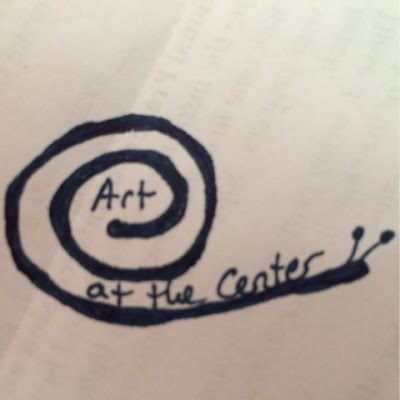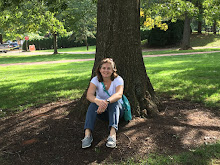After the service I led an arts workshop exploring the connection between making and mindfulness.
As I prepared for the workshop, a quote from a book I have been reading really jumped out at me.
"Getting it right demands that you be attentive in the way of a conversation rather than assertive in the way of a demonstration."
-Matthew B. Crawford in Shop Class as Soul Craft: An Inquiry into the Value of Work
The best part of this workshop was the intergenerational gathering of makers and the way the sun room quickly took on a quiet meditative studio quality. The dining room and buffet table were home to more energetic making by some of the younger kids and to more of the conversations about making. It served as an entry way and introduction, allowing the sun room to be quieter and more focused. I loved watching people making in ways that were personal and meditative but also happened in the setting of a group. See below for some of our makers working on their creations.
The last person to finish was very immersed in her process and expressed an interest to continue at home as well. Before she left, she shared more details of her process with me, sharing how the image she created changed during her making. She began with an intent to complete a center spiral connected to a heart button she found. When the felt for the top pieces would not cooperate, she adapted to an image she found in the remaining pieces. The image of the chalice emerged from this process. Her story was a lovely example of a conversation with materials where things happened she never imagined or intended and she was open and willing to welcome them and let them speak to her.












